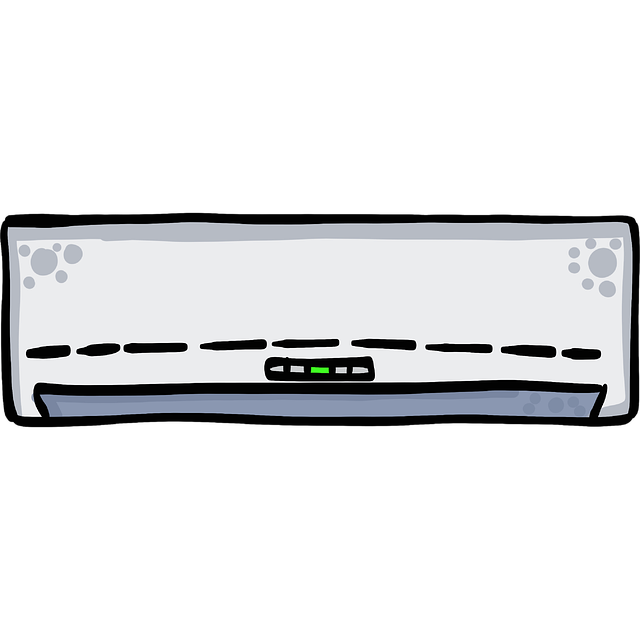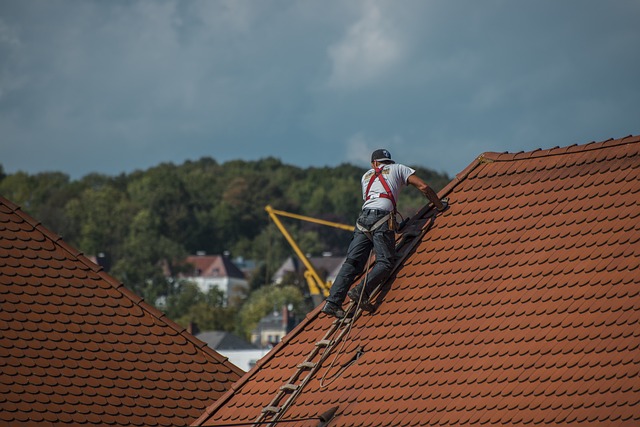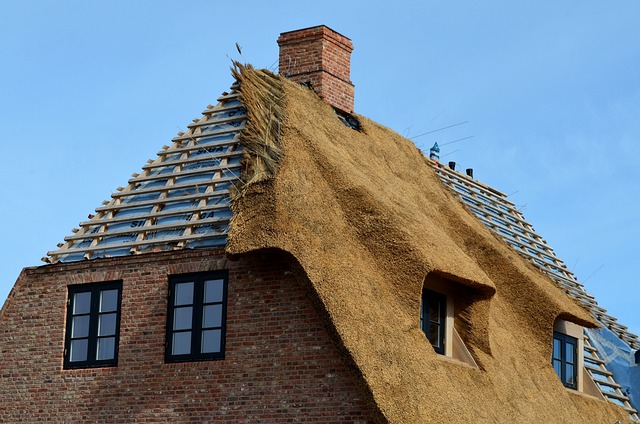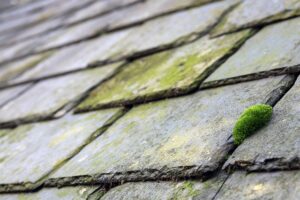Cool roofing systems, featuring reflective surfaces and high albedo, significantly reduce heat absorption from sunlight, combating the urban heat island effect. Popular applications include white roof systems and reflective coatings, which bounce solar radiation back into the atmosphere. These systems decrease energy consumption in buildings, lower interior temperatures, and extend rooftop lifespans. By reflecting solar heat, cool roofs offer affordable, sustainable solutions for both commercial and residential properties, aligning with global efforts to enhance energy efficiency and reduce greenhouse gas emissions.
“Discover the transformative power of cool roofing systems—a revolutionary approach to building design that promises significant energy savings. This article explores reflective roofs and their ability to mitigate heat absorption, thus reducing cooling costs for both commercial and residential properties. From understanding the technology behind these systems to examining environmental benefits and future trends, we provide an in-depth look at how cool roofing is paving the way for sustainable, efficient spaces.”
- Understanding Cool Roofing Systems: An Overview
- How Reflective Roofs Reduce Heat Absorption
- Benefits of Lower Cooling Costs for Businesses and Homes
- Types of Cool Roofing Materials and Technologies
- Installation Process: What to Expect
- Environmental Impact and Future Trends in Cool Roofing
Understanding Cool Roofing Systems: An Overview

Cool roofing systems have emerged as a sustainable solution to mitigate the urban heat island effect and reduce energy consumption in buildings. These systems are designed to reflect sunlight, thereby minimizing heat absorption compared to traditional dark-colored roofs. By reflecting a significant portion of solar radiation, cool roofing materials keep the building’s interior cooler, reducing the demand for air conditioning and lowering cooling costs significantly.
White roof systems and reflective roofing are popular applications of this technology. These surfaces have high albedo, meaning they bounce sunlight back into the atmosphere instead of absorbing it. Additionally, cool roof coating has gained traction as an effective way to retrofit existing roofs, providing an affordable and efficient means of enhancing energy efficiency in older buildings. This innovative approach not only helps reduce carbon emissions but also extends the lifespan of rooftops by protecting them from heat-related damage.
How Reflective Roofs Reduce Heat Absorption

Reflective roofs are designed to repel heat from the sun, which significantly reduces heat absorption compared to traditional dark roofs. The key lies in their unique surface properties; these roofs incorporate materials and coatings that reflect sunlight, minimizing the transfer of heat energy. This is particularly effective during the warmer months when direct sunlight can intensely heat up rooftops, leading to increased interior temperatures and higher cooling demands. By reflecting a substantial portion of this solar radiation, reflective roofing systems, or cool roof coating as they’re often called, help maintain a cooler indoor environment.
This technology is especially valuable in urban areas where the phenomenon of ‘urban heat island effect’ is prominent. Dark-colored roofs absorb more heat, which not only raises building temperatures but also contributes to overall urban warmth. In contrast, white roof systems and reflective roofing offer a sustainable solution by keeping buildings cooler, thereby reducing the need for air conditioning and lowering cooling costs.
Benefits of Lower Cooling Costs for Businesses and Homes

The implementation of cool roofing systems offers significant advantages for both commercial and residential properties. One of the primary benefits is the substantial reduction in cooling costs. Traditional roofs absorb heat, leading to increased indoor temperatures and higher energy bills during warmer months. However, reflective roofing, often in the form of white roof systems or cool roof coating, actively reflects sunlight, minimizing heat transfer into buildings. This simple yet effective strategy can lead to a remarkable decrease in the demand for air conditioning, resulting in long-term savings for businesses and homeowners alike.
Moreover, reduced cooling costs contribute to a lower carbon footprint. Less reliance on energy-intensive cooling systems means less greenhouse gas emissions and a positive environmental impact. As energy efficiency becomes a growing concern, adopting cool roof technologies is not only an economic decision but also an environmentally responsible one, aligning with the global push for sustainable solutions.
Types of Cool Roofing Materials and Technologies

Cool roofing systems have evolved significantly over the years, offering a range of materials and technologies designed to reduce heat absorption and lower cooling costs. One of the most common types is reflective roofing, which utilizes special pigments and coatings to bounce sunlight and heat back into the atmosphere rather than absorbing it. These reflective roof coatings are highly effective in maintaining lower temperatures, especially in regions with intense sunlight.
Another popular option is white roof systems, designed to maximize reflection and minimize heat absorption. The use of light-colored materials, such as white tiles or membranes, helps in reflecting solar radiation, thereby reducing the load on cooling systems. Additionally, cool roof coating technologies have advanced, incorporating advanced reflective films and nano-particles that further enhance their thermal resistance properties. These innovative solutions not only contribute to energy efficiency but also play a crucial role in sustainable building practices.
Installation Process: What to Expect

The installation process for cool roofing systems, including reflective roofs, involves several key steps. First, the existing roof is thoroughly evaluated to ensure it can support the new system. This assessment includes checking the structural integrity and evaluating any potential leaks or damage that might compromise the effectiveness of the new coating. Once approved, the surface is prepared by cleaning and sealing to create a smooth base for application.
Next, professionals carefully apply the cool roof coating, often a reflective material designed to dissipate heat efficiently. This can be done in layers, depending on the system chosen and local climate demands. After the primary coating is applied, additional protective layers may be added for enhanced durability. Throughout the process, proper safety measures are implemented to protect both workers and existing structures from any potential hazards associated with the installation of these advanced roofing solutions, such as white roof systems.
Environmental Impact and Future Trends in Cool Roofing

The environmental impact of traditional roofing materials has sparked a shift towards innovative solutions like cool roofing systems. These systems are designed to reflect a significant portion of sunlight, thereby reducing heat absorption and minimizing the urban heat island effect. By lowering building temperatures, cool roofs contribute to energy conservation and reduced greenhouse gas emissions, making them an eco-friendly option for construction and renovation projects.
Looking ahead, the future of roofing seems to be increasingly focused on sustainability and efficiency. As research progresses, new developments in cool roof coating technologies promise enhanced performance and longer lifespans. White roof systems, for instance, have gained recognition for their superior reflective properties, offering a cost-effective way to combat urban heat islands. This growing trend towards green building practices suggests that the adoption of reflective roofing will continue to rise, driving further advancements in the industry.
